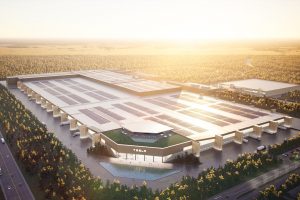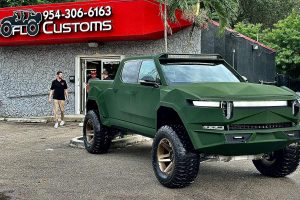Electric vehicles often differ based on different battery technologies. US-based electric automaker Tesla has set the trend for years. According to Yang Jie at Wall Street Journal, “A less-expensive battery technology championed by Tesla Inc.’s Elon Musk rose to dominate the world’s largest auto market last year.”
The batteries are lithium-iron-phosphate batteries — often referred to as LFP batteries. WSJ‘s Jie reports, “One of the strongest advocates is Tesla’s Mr. Musk, who has said that finding enough nickel at reasonable cost is a major production concern.”
“Our intent with this pack is that product experience is roughly equivalent between nickel & iron,” Mr. Musk wrote on Twitter last August to a customer who was offered earlier delivery of a Tesla if he chose the LFP option. “I’d personally slightly opt for iron pack, as it wants to be charged to 100% whereas nickel prefers ~90%,” Mr. Musk said in the Twitter post.
“Tesla first used LFP batteries for its China-made Model 3 in 2020. Last October, the company said it would extend the use of the iron-based batteries to all of its standard-range cars. China’s Contemporary Amperex Technology Co., the world’s biggest maker of electric-vehicle batteries, supplies Tesla with LFP batteries,” notes WSJ.
Meanwhile, “Other Chinese electric vehicle brands are also becoming heavy users of LFP.” In fact, China’s EV brands have wholeheartedly embraced LFP, “not only because of the cost but also because the batteries are less likely to catch fire,” translating to a better safety profile, according to WSJ. In turn, adoption of LFP in China has been swift.
The numbers tell the story. “Batteries using lithium iron phosphate or LFP technology accounted for 57% of total battery production for vehicles in China during 2021, up from less than half the previous year. The LFP batteries have stormed into the lead in China because they use relatively inexpensive iron in the battery’s cathode in place of costlier metals such as nickel,” reports Jie.
Although Tesla’s move to LFP batteries has caught on with China’s EV brands, traditional automakers (in Europe in America) have lagged behind. It’s reported that, “they generally haven’t gotten as far as Tesla and Chinese makers in bringing the technology into mass-market production.”
Originally published on EVANNEX.




